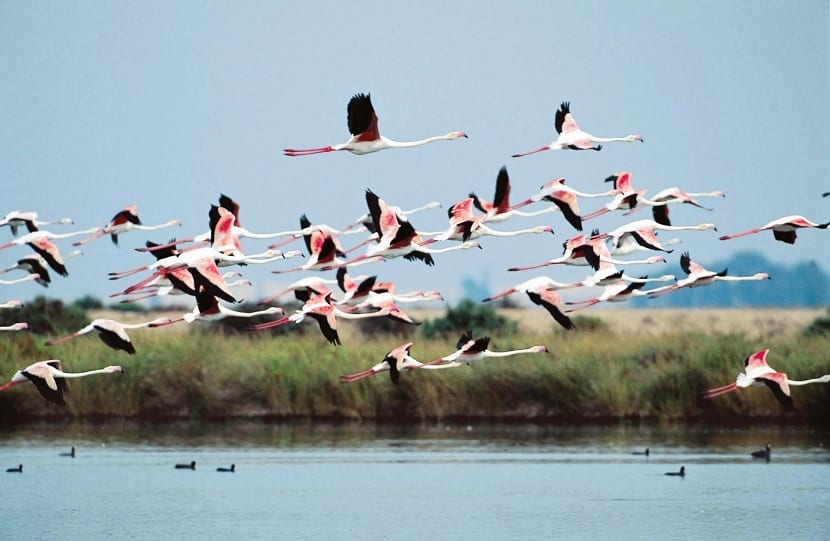
Flying over the Marismas del Odiel
I would lack lines in this space to describe in detail the beauties both landscape and architectural that you could contemplate in the Western Andalusia, that is why we are going to make a long tour of its coast and surroundings and for all the important things that we can enjoy there.
The western Andalusian coast is one of the most visited in Spain. It is attended by both local people from areas of the city itself, as well as from neighboring cities such as Sevilla o Cordova. It is also very visited by foreign travelers who flock to its shores to enjoy the wonderful climatic conditions of the place, and more so now since in Huelva cruises are received from almost all parts of the world.
They are not necessary, but here we will give you several reasons to get lost in the Andalusian Western Coast (I). Tomorrow Sunday, we will publish the second part of this wonderful tour.
Coastal tour
Andalusia bathed by the Atlantic offers countless attractions for the visitor. From Ayamonte to Tarifa, all current tourism is fused with a large number of monuments that history has left over the years for these lands.
We started this tour in Ayamonte, which received the title of city in 1664 from the hand of Fernando IV. The name Ayamonte comes from the Greek 'Anapotamon' (on the river), which tells us a lot about its age. Although relations with our Portuguese neighbors are quite cordial, there is a lot of rivalry when it comes to offering travelers the best products at good prices. If you want to cross Ayamonte to visit Portugal, the first thing you will find is the Algarve portuguese, also very visited for its incredible beaches, especially in the spring-summer season.
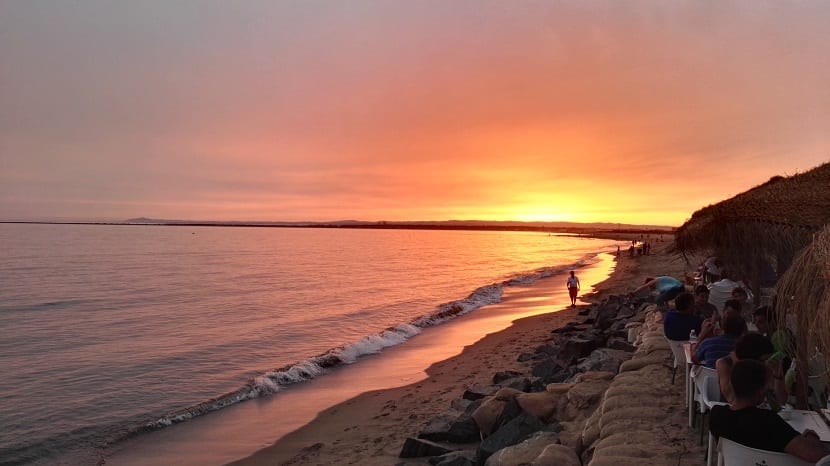
Photograph by Juan José Jiménez R.
En Ayamonte we can find true historical relics, such as the Parish Church of El Salvador, built in 1440, and that of Our Lady of Sorrows, from 1576, as well as the church-convent of San Francisco, with Mudejar characteristics. Also the national parador Costa de la Luz, built on the ruins of the medieval castle, offers an incredible panoramic view of the Algarve and Isla Canela, its closest beach and main tourist center in summer.
If we continue to the east, we will soon meet in Isla Cristina, in whose port a varied harvest of seafood and fish. Fishing in Isla Cristina is one of the main economic activities of the population that lives there and living a fish market (fish auction) next to an expert can bring you closer to the seafaring soul of the town. Isla Cristina is also known for its Carnival and for the endearing of its citizens, folksy and friendly people.
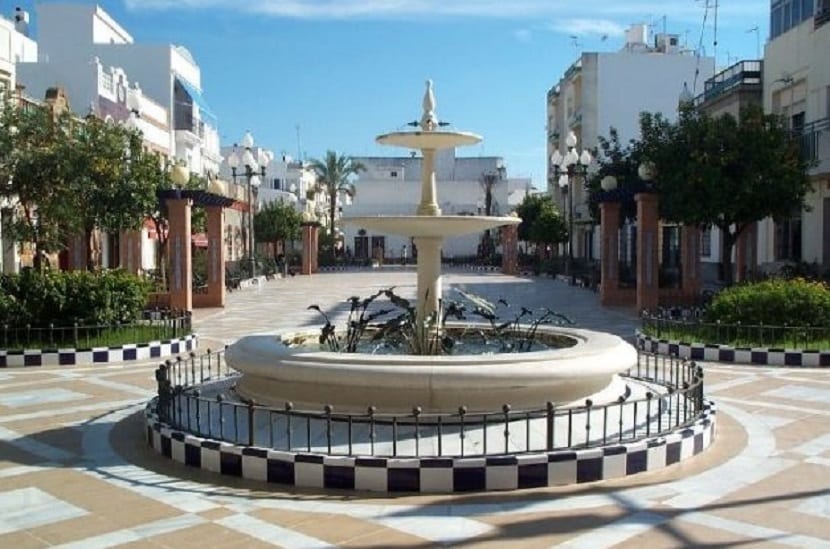
Isla Cristina
If we go to Huelva, on the way we will meet Lepe, that town better known for its jokes than for the great variety of products it offers us. Lepe is the strawberry production center that exports to all Western Europe. The wealth that this crop brings is reflected in The Antilla, summer tourist center that offers the visitor everything they could want for their rest. And it is totally "forbidden" to go through any of the villages seen so far and not eat good white prawns or coquinas with wine in a tapas bar. They are delicious!
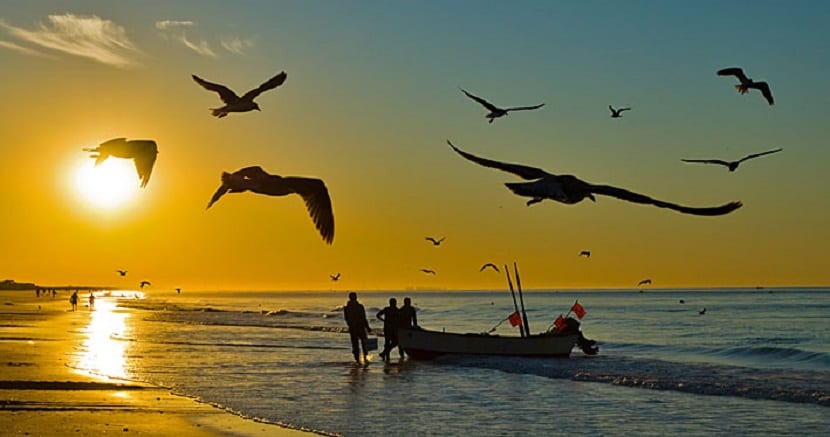
The Antilla
If we follow the mouth of the river, we will find El Rompido, in whose waters sports such as the see her, windsurf or the recreational fishing. It has a coastal pine forest around it that gives the landscape a unique attraction. Pine forest that also beautifies the Laguna del Portil, declared a natural reserve for its outstanding ecological and landscape value.
Punta Umbría and Marismas del Odiel
A few more kilometers and we arrive at Punta Umbría, a maritime place and tourist center par excellence of the Huelva capital in the summer months. Going to Punta Umbría in summer means meeting a lot of people, great leisure spots, difficult parking and great beaches to disconnect from everything and rest for a few days on vacation. Its most visited and busiest beach is Los Enebrales and its most crowded beach bar "El Mosquito" where you can enjoy the beach while listening to all kinds of music, especially chill-out.
If we go on to describe The Marismas del Odiel We will say that it is quite a show that you can see from the same urban area of the city of Huelva. Las Marismas was declared Biosphere Reserve awarded by the UNESCO and it is a place of passage and nesting for herons and storks among other species, some 30.000. You can visit this place by means of a guide boat and it must be completed with the tour of the Juan Carlos I dam, which was built as a defense of the port of Huelva. entering the sea 10 km. If it is summer and you want to enjoy a bath you can also do it on its beach known as The Breakwater. It is the only beach in the Huelva capital (the others are located in coastal towns) and although it is currently more cared for thanks to the service of volunteers who occasionally clean it, for many years it has been quite neglected by both the City Council and by the bathers who relax there during the summer months.
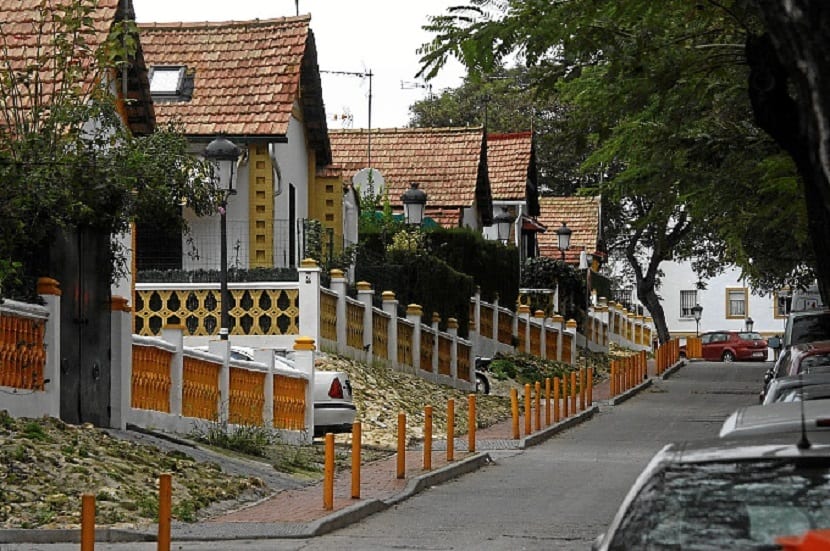
Working District (Huelva)
If you are in the city of Huelva, you can visit from The Cathedral of La Merced, until Church of the Conception, decorated with Zurbarán paintings; the Workers' Quarter also known as the Neighborhood of the English who made these during the years of the exploitation of the Rio Tinto mines (Rio Tinto Company); the Provincial Museum which is always full of antiques, relics, photographic exhibits and paintings.
Among the cultural manifestations of Huelva, the Ibero-American Film Festival (in November) and Columbian Festivities (late July, early August).
The first part of this incredible journey ends here. Tomorrow do not miss the second installment with a little more of Huelva and with all of Cádiz in its splendor.